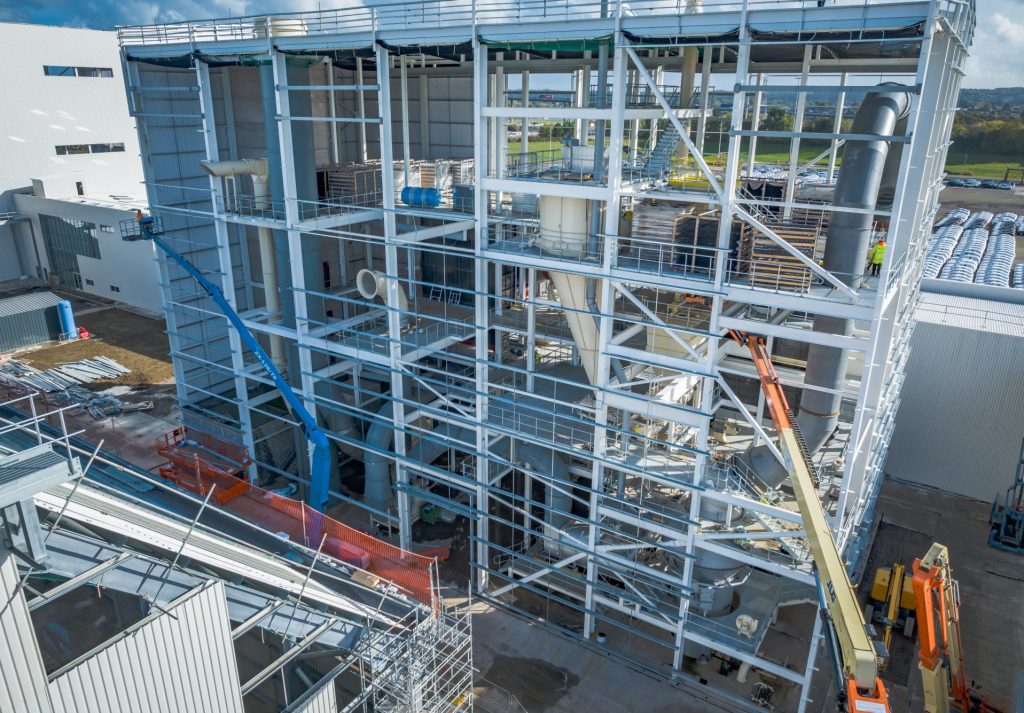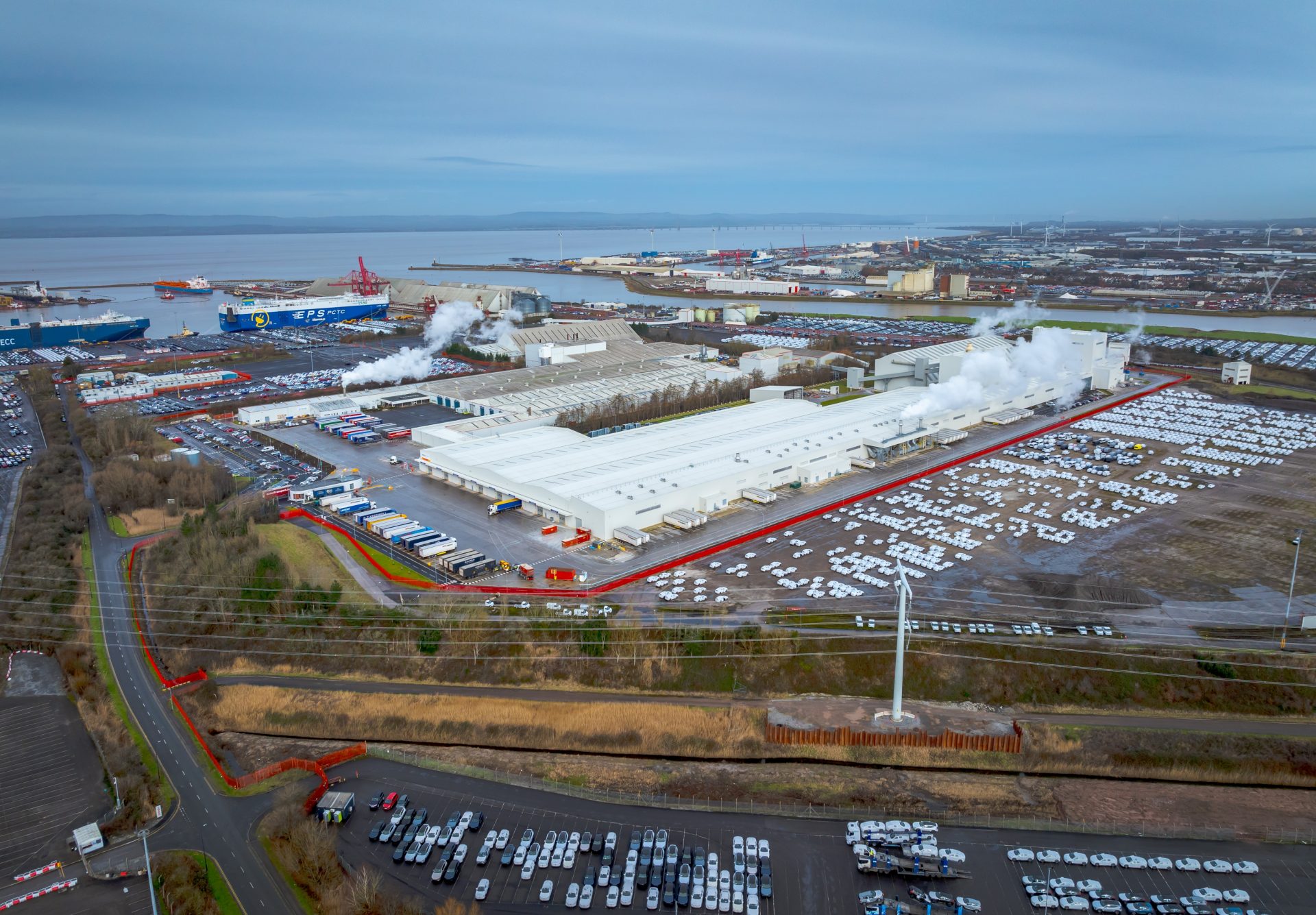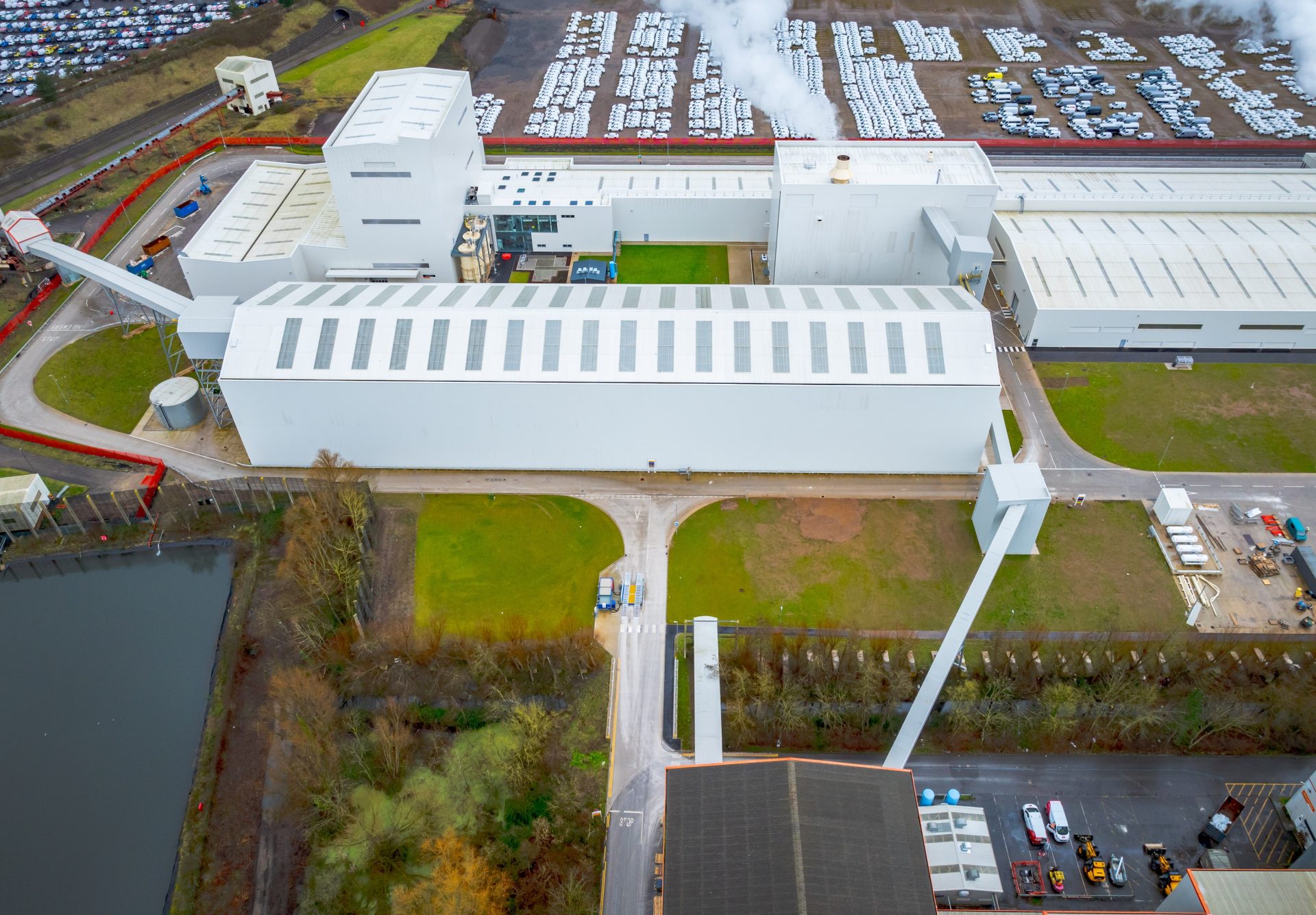The advanced manufacturing sector is booming, with the UK government suggesting that the sector currently accounts for a quarter of all business R&D. As manufacturers look to maximise efficiency and enhance production lines with new technologies, this sector is growing exponentially, not least when you factor in the rise in ‘reshoring’ as global manufacturers look to create local manufacturing bases to future proof their businesses against increasing geopolitical uncertainty.
But for many manufacturers, embracing these technologies at scale brings with it a headache of how to manage construction projects that combine tight build schedules and major investment with complex technology installations. As manufacturers race to take advantage of the opportunities provided by advanced manufacturing in the UK, how can they collaborate with their construction partners to get sites ready quickly? Martin Smith, pre-construction director at McLaughlin & Harvey discusses.
Efficiency through collaboration
Earlier this year, leading lightweight construction materials manufacturer Etex opened its £170m expansion at its Bristol production facility. It has quickly become its most efficient plasterboard production line in Europe, allowing its Siniat brand to produce over 98% of its portfolio of boards in one location.
However, constructing a facility of that size and nature brings with it additional complexity beyond what you might expect in a typical manufacturing facility build. In an advanced manufacturing facility, there’s no such thing as one size fits all approach.
When approaching the construction of the calcination plant at the Bristol facility, it was essential McLaughlin & Harvey attended a series of workshops ahead of construction to determine how best to approach the complex nature of the technology.
The calcination plant, which is the heart of the plasterboard manufacturing process where gypsum slurry is transformed into plasterboard products, forms part of Etex’s Road to Sustainability 2030 ambitions. It integrates a range of technologies to enable rainwater harvesting and support post-consumer gypsum recycling.
Unlike many manufacturing facilities, we knew that this build would involve implicit collaboration with the Etex team, its technology and engineering supply chain and with other contractors working across the site. What made this project different was ensuring that the large scale and complex technology required for the calcination process was factored into the design and scheduling of the project right from the start.
By working closely with the Etex team and the previous teams responsible for a similar, but much smaller site at Ferrybridge in 2021, we were able to collaborate and take learnings from previous sites to ensure the build was completed in the most efficient way.
Building one step at a time
When planning a complex, advanced manufacturing construction process like the one at Etex’s Bristol facility, it’s important to factor in that the schedule can’t take a straightforward build the framework, add the façade and complete the interior approach. The technology and equipment involved must be considered in the build at stages throughout the process. Often, and particularly in the case of a calcination plant, this advanced technology is simply too big or too complex to be added post-completion. So, we had to take a unique approach to the schedule.
Starting at the pre-construction phase as far back as 2021, we worked closely with Etex’s supply chain on 4D digital planning to map out the project in stages.
This enabled us to reduce hold points from 12 to 3 in order to incorporate engineering technologies and equipment at core stages rather than on a more piecemeal basis as had been done in previous schemes. This meant we were able to reduce the construction schedule by 12 weeks overall. Without effective collaboration, this would not have been possible.
Many engineering and construction projects involve a collaborative approach, however, the main difference in the Etex project was that all parties were willing to set aside traditional thinking and consider the calcination construction works from first principles. This resulted in fostering a “one-team” approach where tried and tested assumptions were rigorously questioned and the parties challenged each other to identify alternative methods to do the works more efficiently. The benefits of this approach were wider reaching as the enhanced teamwork it produced translated into all other aspects of the project.
We know that advanced manufacturing is growing rapidly as many manufacturers look to reap the benefits of enhanced efficiencies offered by new technologies. Early collaboration with contractors, design teams, engineers and supply chain is vital for manufacturers looking to integrate these technologies seamlessly into production lines without significant delays.
For more information on how McLaughlin & Harvey can support with advanced manufacturing construction projects, visit Construction: McLaughlin & Harvey.
 Martin Smith, Pre-construction director, McLaughlin & Harvey
Martin Smith, Pre-construction director, McLaughlin & Harvey
As a board member at McLaughlin & Harvey, Martin has over 25 years of experience working collaboratively with manufacturing clients across pre-construction and project delivery. Martin is ideally positioned to help advise on integrating complex advanced manufacturing technologies into site construction.
Contact Martin on LinkedIn.
For more articles like this, visit our Innovation channel.






